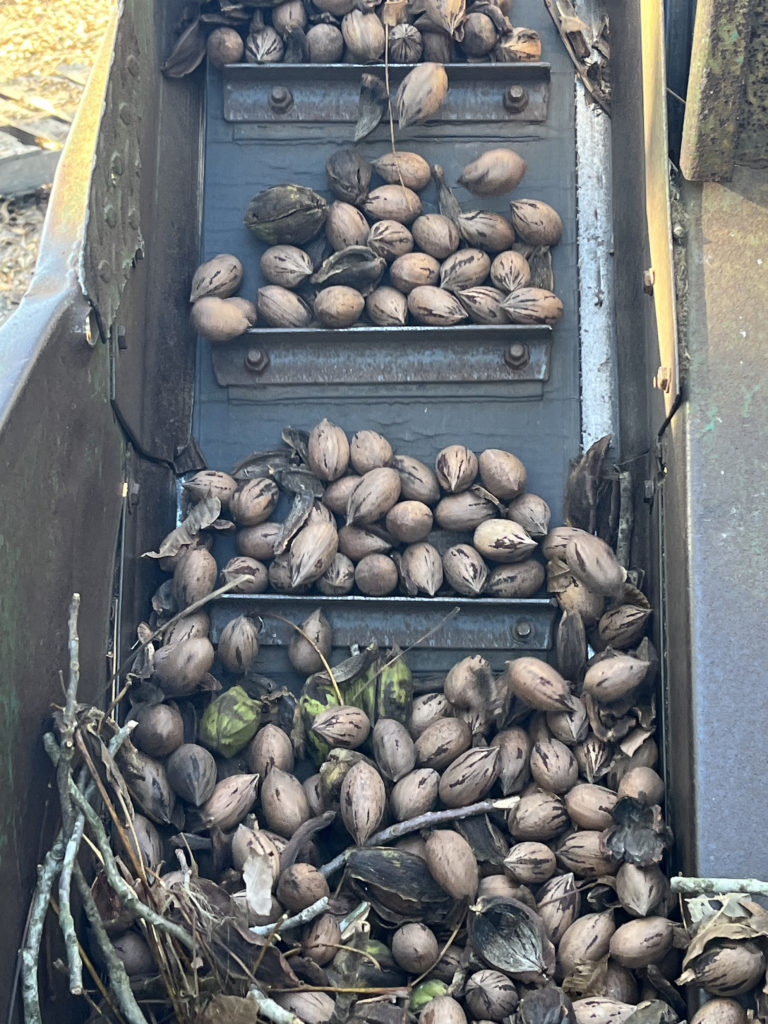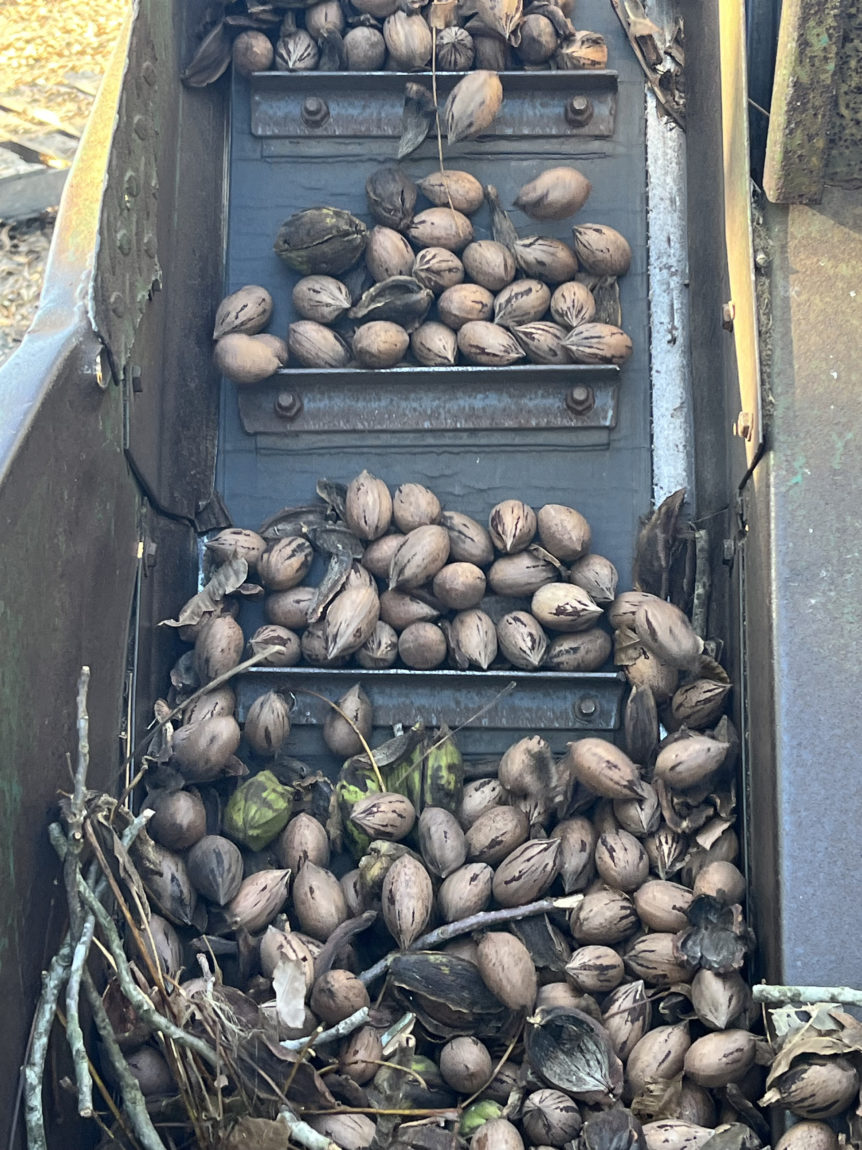
Crop markets usually operate on the law of supply and demand. That’s not the case with the current pecan market, however.
Amid staggering crop losses to Georgia’s pecan crop following Hurricane Helene, along with continued strong demand, prices are devastatingly low for producers in the Southeast.
“Morale is very low right now,” said Lenny Wells, University of Georgia (UGA) Extension pecan specialist. “You think about these guys over in east Georgia that lost so much to that storm and the decisions they’re having to make. They want to plant back to pecans, but if they’re looking at this market, a lot of them are probably thinking, ‘I love growing pecans, but I don’t know if that’s the right economic decision right now to do.
“It’s a bad situation, it really is.”
UGA Extension Pecan Blog Post
Wells noted in the UGA Extension Pecan Blog, that pecan prices have actually dropped since this year’s harvest season began. This follows significant increases in domestic demand (32% from 2016-2020) and a 28 million-pound reduction estimated total pecan supply compared to the 2023 crop.

“There may be a very good explanation for reduced grower prices in the face of declining supply and rising demand. I welcome any informed response to help answer growers who are asking about the puzzling state of the pecan market,” Wells wrote. “The industry is supplied ample information about grower costs of production, acreage, estimated crop, exports, imports, to help shellers and buyers make good decisions for their businesses.
“A better and more transparent explanation of how the pecan market is currently operating would help growers to make more logical decisions about their operations in the future.”
Georgia, the largest pecan-producing state in the U.S., is expected to lose between 21% and 30% of this year’s crop following the September hurricane.










